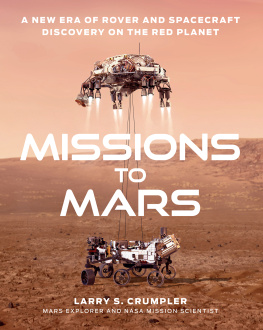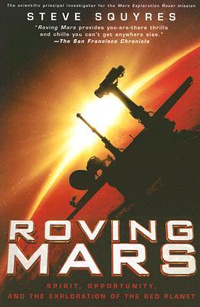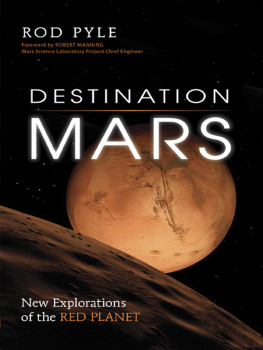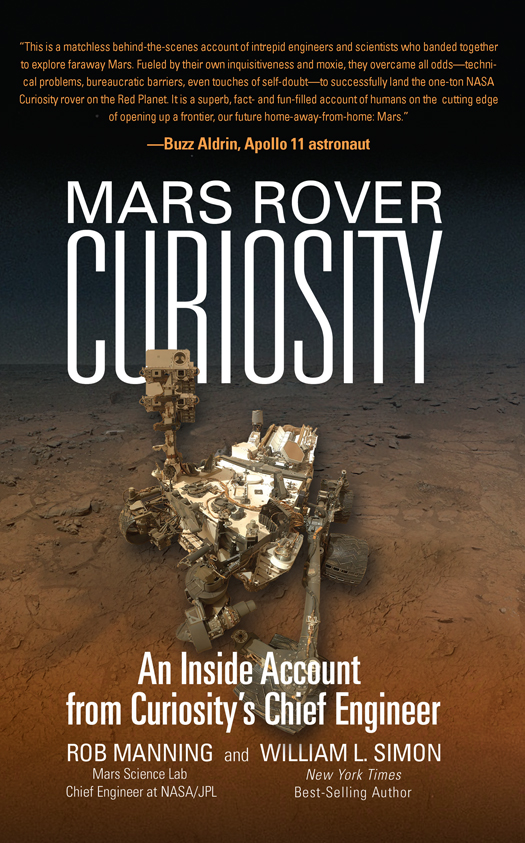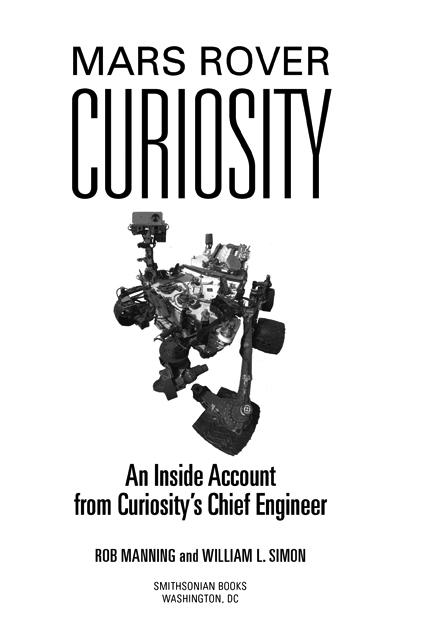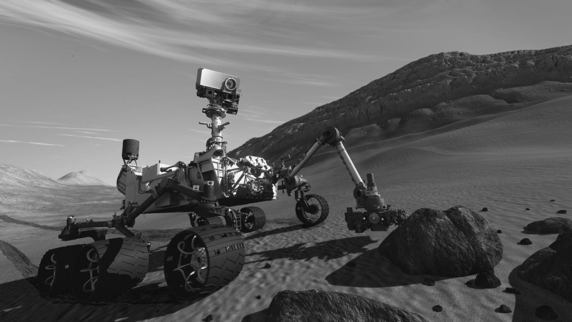Text 2014 by Robert Manning and William L. Simon
All rights reserved. No part of this publication may be reproduced or transmitted in any form or by any means, electronic or mechanical, including photocopying, recording, or information storage or retrieval system, without permission in writing from the publishers.
This book may be purchased for educational, business, or sales promotional use. For information, please write: Special Markets Department, Smithsonian Books, P. O. Box 37012, MRC 513, Washington, DC 20013
Published by Smithsonian Books
Director: Carolyn Gleason
Production Editor: Christina Wiginton
Edited by Gregory McNamee
Designed by Brian Barth
Library of Congress Control Number: 2014941274
ISBN 978-1-58834-473-1 (hard cover)
eBook ISBN: 978-1-58834-474-8
For permission to reproduce illustrations appearing in this book, please correspond directly with the owners of the works, as shown at the end of each photo caption. Smithsonian Books does not retain reproduction rights for these images individually, or maintain a file of addresses for sources.
Note: Color versions of the black-and-white photos and art can be viewed at the web site for this book, http://www.curiousityrover.info.
v3.1_r1
For Dominique and Caline
and for Victoria, Charlotte, and David,
Sheldon, Elena, and Vincent,
and in memory of Arynne
CONTENTS
Two planets, near twins, created simultaneously out of the same brew at the birth of the universe, both captured in orbit around the same bright star.
Yet nature has not treated them alike. One is home to a race of intelligent beings, curious and questioning, willing to spend precious resources to seek answers to questions about the origins of humankind and the origins of life.
This is a story of one giant leap in the search for answers.
FIGURE 1. An artists depiction of the Curiosity rover, with her arm positioned for drilling. (Courtesy of NASA and JPL/Caltech)
PROLOGUE
Seven Minutes of Terror
S unday, August 5, 2012, 10:10 p.m. Im sitting in the crowded, chilly Cruise Mission Support Area that serves as our control room on the campus of the Jet Propulsion Laboratory in Pasadena, a short drive from downtown Los Angeles. The team members are amped up and ready. I am in a state of quiet yet buoyant Zen-like anticipation. I know this feeling well. I have been here before.
The spacecraft we are monitoring, the Mars Science Laboratory (MSL) is one of the most incredibly intricate complex of machinery, electronics, and miniaturized science labs ever created by humankind. We have spent sixty- and eighty-hour weeks dreaming up, creating, building, and testing it through the previous ten years. The product of all that effort is now approaching Mars.
In this work, its not a question just of being good at what we do, but of being good at picking ourselves up. We live with the knowledge that failure is ingrained in the effort. But so is overcoming. What I offer in these pages is a celebration of the project and its place in humankinds quest for knowledge, and, as well, an ode to problem solving.
If everything works as designed, MSL should now be starting to perform a series of contorted maneuvers that in just seven minutes will slow it from 12,600 miles a hour (5.6 km/s) to a gentle landing on the Martian surface in a relatively smooth area that has been named Gale Crater.
These seven minutes are what we call the seven minutes of terror.
If the landing is successful, a coded message, a string of ones and zeros, will be beamed back to us through space to confirm that all is well. It will take 13.8 minutes for that signal to reach this room.
Its as if the person you love most dearly is in a building that has been devastated by some errant force of nature and you are waiting to hear if she or he is still alive and uninjured. Thats something of what its like for those 13.8 minutes. The only hope most team members have of managing their anxiety comes from memory flashes of the vivid rehearsals weve been putting them through, rehearsals that make tonight seem more like a simulation than anything real. But we wont know for 7 + 13.8 minutes whether the lander has arrived safely and undamaged or has been crippled, smashed, or irretrievably destroyed on landing.
The control room is packed with team members anxiously huddled at their displays, watching for any sign that something is amiss. Around the world, people are crowded around television sets as NASA runs animated video of what is happeningor at least what we hope is happening. Times Square in New York is packed with people staring at the giant Jumbotron, where images of the action are on view.
It doesnt help that on these missions to Mars, we send our payloads skyward while still holding in our hands long to-do lists of essential efforts not yet tackled. Odd as it must sound, these lists always include some head-scratchers, items in the How the hell can we possibly do this? category.
Were using a radical new landing design that has never been fully tested, because no tests on Earth can show how the design would fare on Mars. The needed actions are encoded in half a million lines of computer code, and there is zero margin of error.
If the landing isnt successful or the project comes to an early demise, we will spend months analyzing the failure to glean the lessons. But there will be those at high levels in government, along with prominent members of Congress, who will loudly lament that we should give up efforts to explore Mars and instead focus on other goals in space.
Every person in the control room knows some of the many ways our novel, intricate, never-fully-tested lander could fail. We all know the score for Mars missions so far is daunting. Of the thirty-nine spacecraft sent to Mars, whether they were designed to fly past, to land, or to go into orbit, only nineteen so far have succeeded. Three of the successful missions were Soviet spacecraft, one was from the European Space Agency, and the rest were from the U.S. The only other attempts to join this exclusive club have been by Japan, with a 1998 effort that failed, and India, launching as I write this in early 2014. So the score is home team 19, Mars 20. That does not lend much confidence to the people who struggle to create missions like this one.
None of us wants to think of that on this night. Certainly none of us wants to think what it would mean for the Mars exploration program if we fail. So we sit there, watching and waiting. Its a surreal, sometimes scary experience.
Science team members from around the world, gathered in front of a giant screen in another building, take turns racing over to say hello, and race back to be certain they dont miss anything. Here in the control room, the peanuts are being passed around againa tradition for these sessions when one of our spacecraft is arriving at its destination. A few of us, including me, are looking a little green from eating too many out of anxiety.
Another tradition, taken care of a little while ago, is the wakeup song, played about an hour before landing. Today its Frank Sinatra crooning All or Nothing at All.



